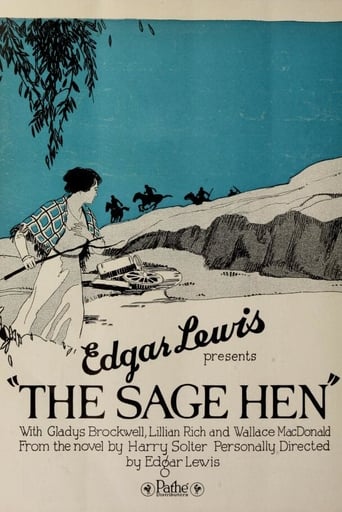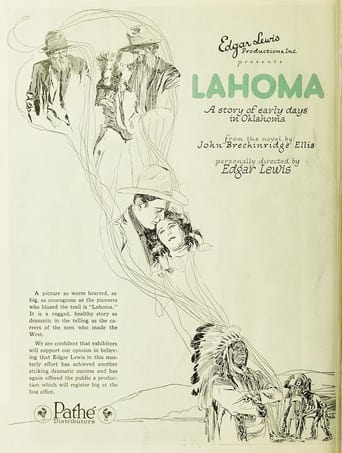The Sage Hen 1921
Jane Croft is the subject of cruel gossip in Silver Creek, Arizona, in 1880, and is nicknamed "The Sage Hen." The Home Purity League drives her out of town with her son, John. She sends him back to town on a horse when they are attacked by Indians. There he is adopted by the Rudds; and when they move away, Jane loses contact with her son for 20 years. In the meantime, she becomes housekeeper to George Sanson and a "mother" to his daughter, Stella. A gold rush brings John back as a lieutenant of cavalry. He falls in love with Stella, but Craney, a gambler, threatens to expose Jane's past unless she gives Stella to him. The father is killed, but John saves his mother and Stella from further jeopardy. Jane confesses her past to her son and is able to find happiness after years of sorrow.


